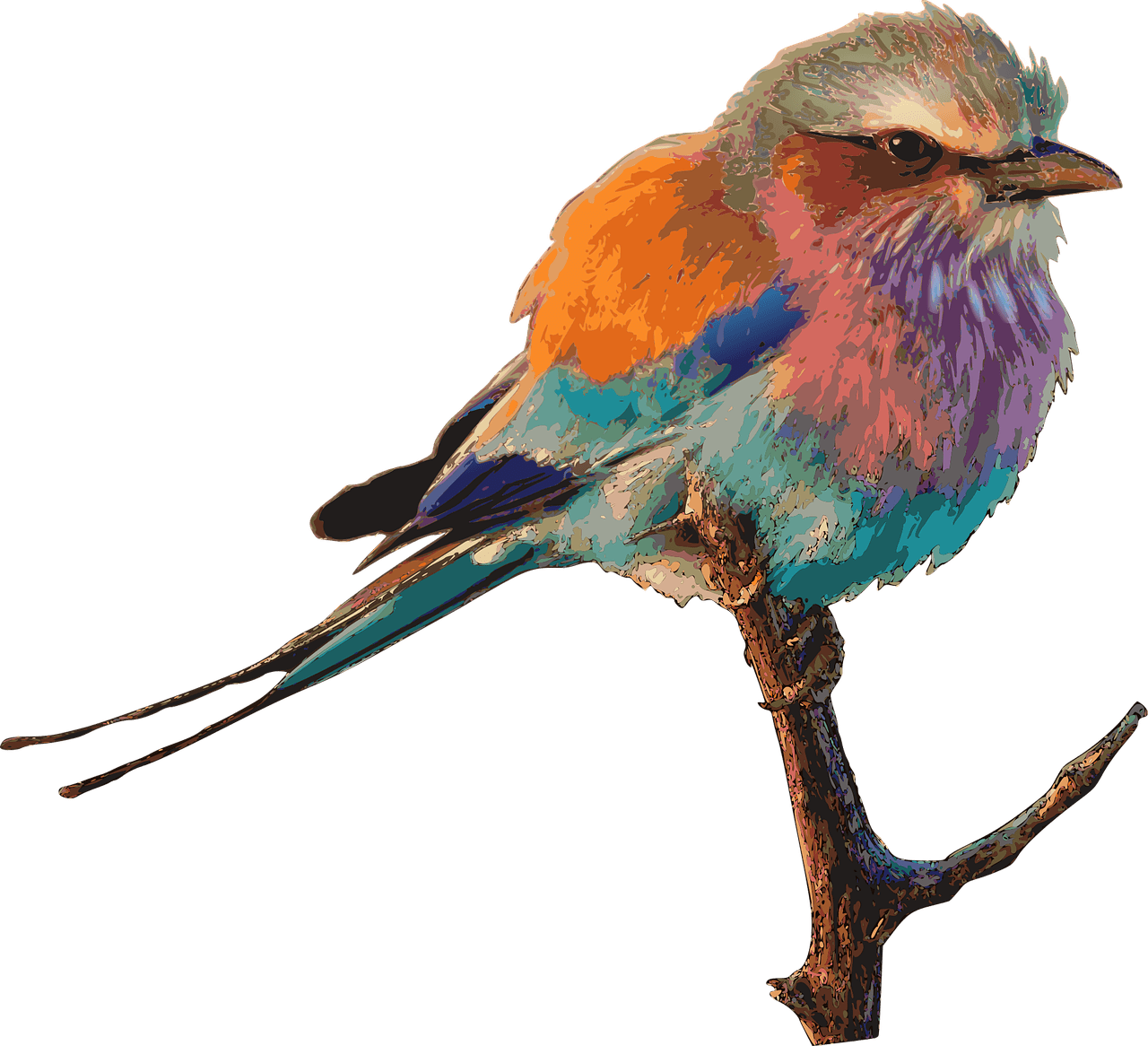March 13. I remember the day well. The Life Raft Group staff gathered around the conference room table and shared our concerns about alarming reports of a virus that was threatening the health of people globally. We discussed the pros and cons of working remotely, considering both our own well-being and safety, and the ability to provide support for our patients and caregivers.
As we hastily assembled necessities from our offices, I remember being very frightened. I did not know then that we would be physically apart for so long. Over my work desk is a fabric board with pictures of all those I love most, including the beautiful faces of my children and grandchildren. Little did I realize that I would also be apart from them for such a long time.
As the weeks went by, I learned to look for signs of hope wherever I could find them. Some days, they were few and far between. I remember sharing with a friend on one particularly dark day that I didn’t see any signs of hope at all. But then there were days when light came pouring through the darkness. I looked at the faces of my colleagues as they shared on a Zoom call all the remarkable achievements they had accomplished. Patients were helped with telemedicine consults. Doctors were extending their services to patients outside their regular practice, often without charge. Many put aside their own fears to serve others.
We held two Virtual Tumor Boards with the NIH when their Pediatric and Wildtype GIST in-person clinic needed to be cancelled. Within two days, over 40 global GIST experts responded to a question about COVID-19 and GIST through our Global Surveillance system.
Several new treatment options became approved, opening up hope for patients who had failed other treatment lines.
Hope, like the crocuses that were beginning to poke through the ground, started to emerge.
There were still dark days. When would we return to normal? When could I hug my grandchildren again?
Sometimes, when it is darkest, the small sliver of light appears to help us make our way out of despair.
You became my hope.
Making calls to check on our patients, I spoke with a 94-year old GISTer who is not only surviving for over 16 years on Gleevec, but who is thriving. She shared how her doctor is facilitating her treatment so she can remain safe. She feels cared for.
Some of you served on the front lines, rising above fears for your own welfare.
You continued to share daily your strength, hope and experience with one another on GIST Chat. You welcomed newcomers, pointed them in the direction of a GIST specialist, and shared more personally about your fears and how you rose above them. One of you began sharing daily inspirational quotes, moving me to do the same with our staff.
You began to share information on COVID-19, and your experiences in continuing to keep key appointments. Our science folks shared and discussed the latest studies.
Many of you shared your gratitude in just being alive – to have found treatments that are effective in helping you survive and thrive.
I shared this hope with others, telling them how inspired I am each day to hear your stories, and to share them when you allow me that privilege.
On March 13, the day I went into lockdown, I started to write a post-it-note each day. On it is simply the date, and the words, “Thank You.” It became my background for the endless Zoom calls. I told the story of how a group of cancer patients who count their blessings every day for their overall survival taught me to look for hope in the ordinary in these extraordinary times. As of this writing, there are 97 of these notes.
Your hope continued to inspire me.
And as if the pandemic were not enough darkness, civil unrest arose around us. How to continue to find hope in yet even more despair?
Again, you shed light in the darkness. I read Rob Taylor’s post on GIST Chat, and the heartwarming messages you all shared with him. I was filled with hope in a way I had not been since the March lockdown.
As I look out my window in my home office, I see promise all around as I watch a robin scurrying across the lush green lawn, and it reminds me of my favorite poem by Emily Dickinson:
 “Hope” is the thing with feathers –
“Hope” is the thing with feathers –
That perches in the soul –
And sings the tune without the words –
And never stops – at all –
And sweetest – in the Gale – is heard –
And sore must be the storm –
That could abash the little Bird
That kept so many warm –
I’ve heard it in the chillest land –
And on the strangest Sea –
Yet – never – in Extremity,
It asked a crumb – of me.”



